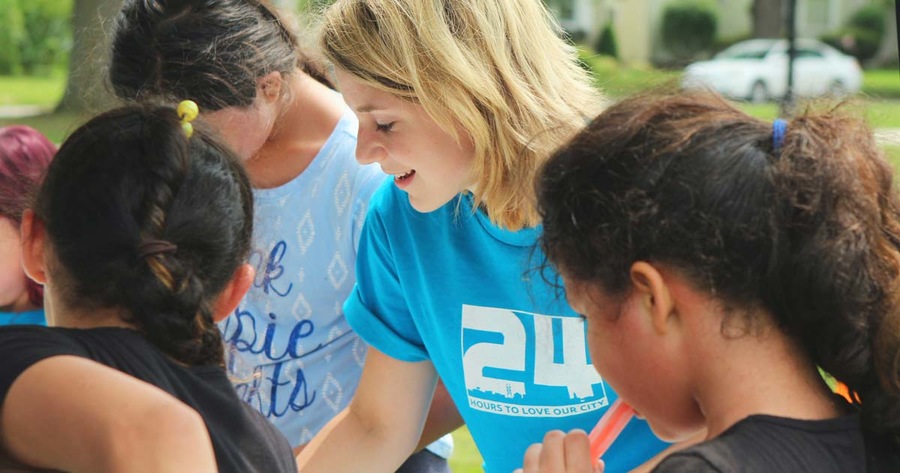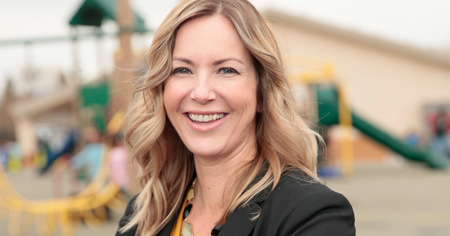For sure, 2020 has been "different," yet one thing remains the same: Afterschool and child care programs and the people who dedicate their time to young people and families through these programs—the workforce for the workforce—continue to be undervalued by many policymakers.
Recent plans for U.S. economic recovery don't include accommodations for kids until the third phase.
Phase 3?!
Newsflash: There is no economic recovery without school-age child care and out-of-school time programs. How can families go to work without safe places for their kids to go? The economy relies on families being able to work; those who work need to ensure their kids are taken care of when families are away from home.
I grew up in the '70s and '80s, going to programs that provided opportunities and experiences I'd never have had otherwise and provided support to a single father who had limited options for care of his two school-aged kids. Afterschool activities gave me something to do until my dad was done with work. They helped me develop important skills I use today. This is only one story of the positive impact of afterschool and other youth development programs—and there are hundreds and thousands more.
Although I didn't realize the significance then, I do now. These services that were fun for me and taught me skills to last a lifetime were not only essential for my growth, they were a lifeline for my dad—who was a single parent—and for our family.
This is not different in 2020 and it is not uncertain.
These programs and workers continue to be "essential" and should be treated as such with policies and practices, from lawmakers and employers, that ensure good wages, benefits—including health insurance and paid time off—and gratitude.
Written by Heidi Ham, Vice President of Programs and Strategy, NAA.




